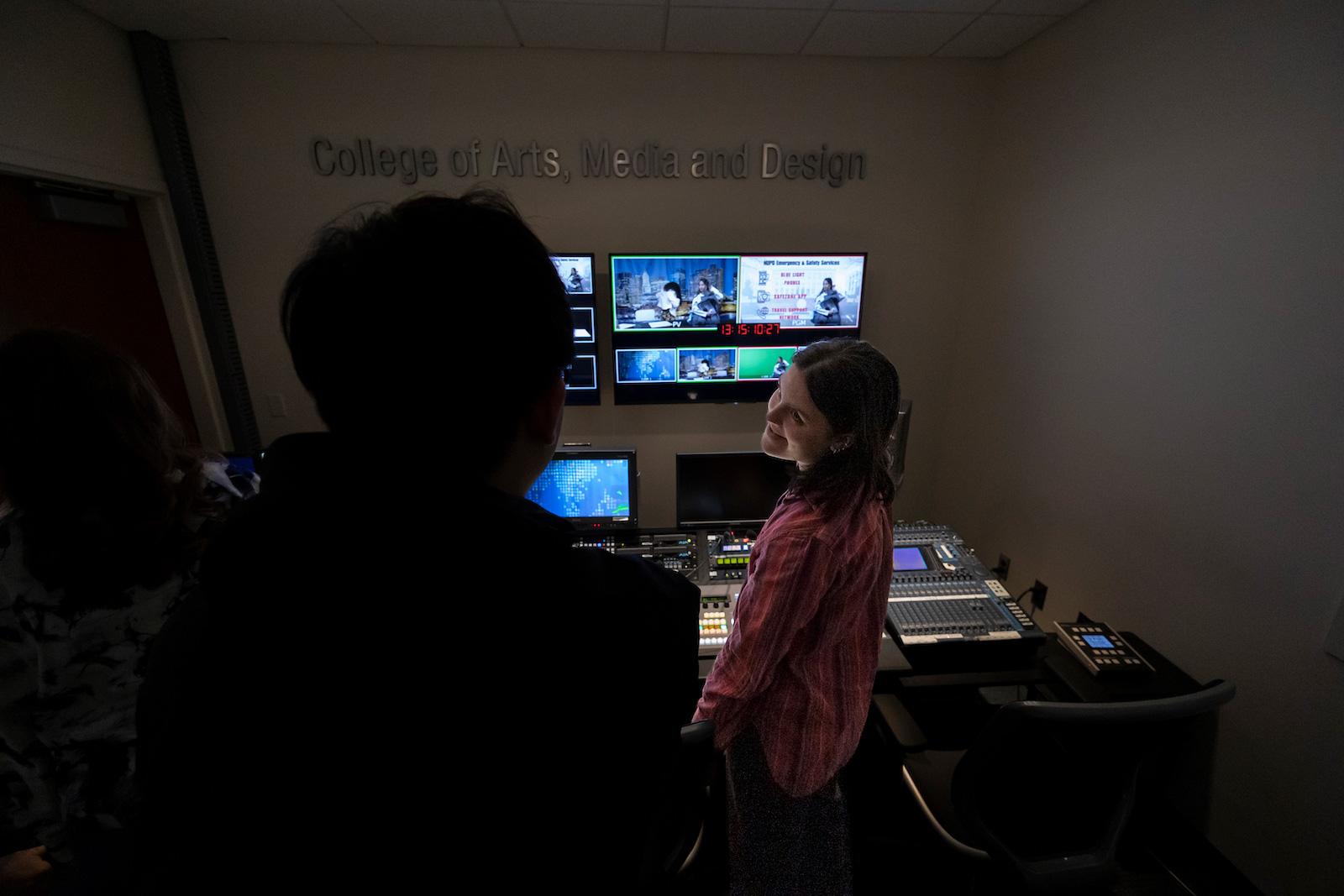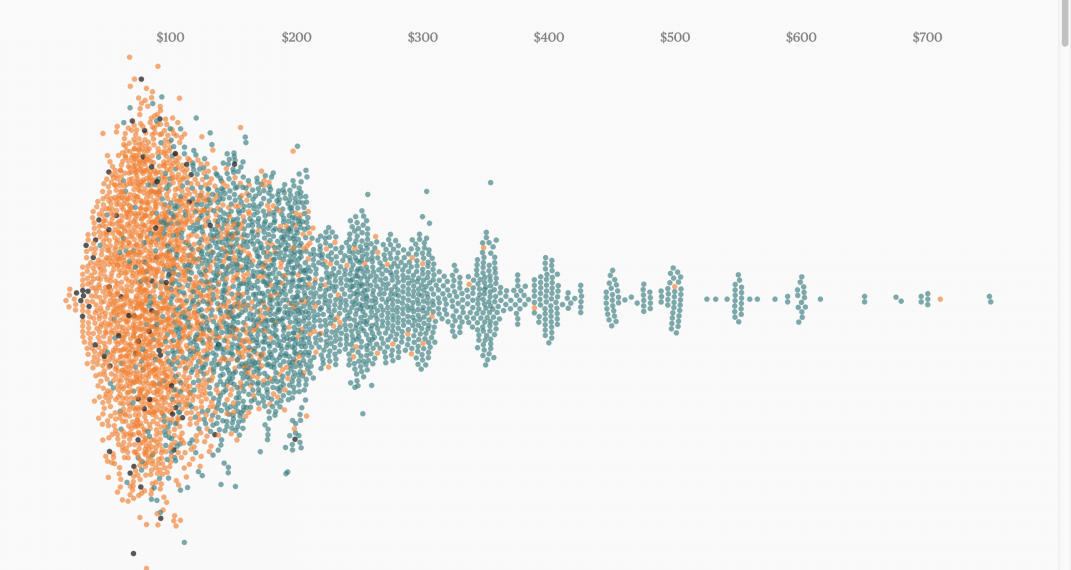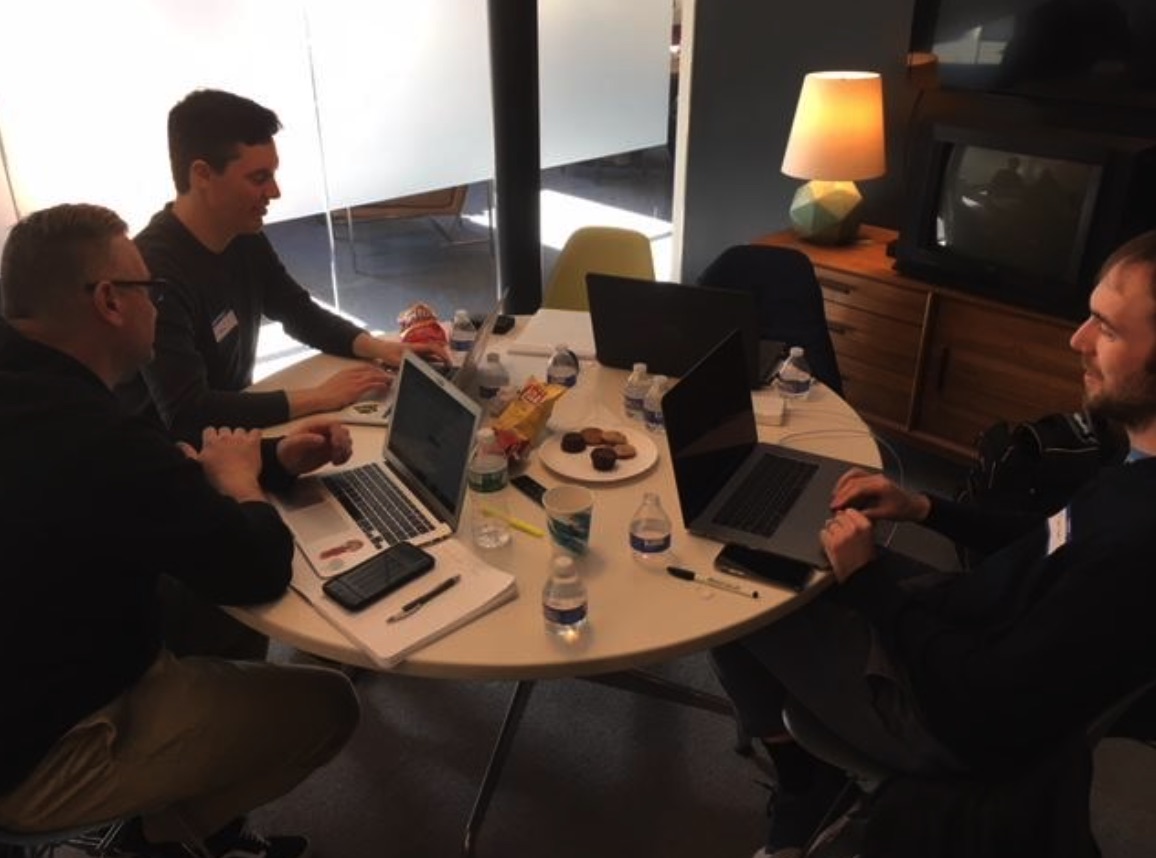Career Opportunities
- Designer
- Digital Strategist
- Documentary Filmmaker
- Editor
- Experience Designer
- Graphic Designer
- Interaction Designer
- Journalist
- Lawyer
- News Producer
- Product Designer
- Public Relations Specialist
- Social Media Specialist
- UI/UX Designer
- Web Producer/Writer
Multidisciplinary Skills
collaboration
creative problem-solving
critical thinking
critical thinking
data analysis
design research
design software
digital skills
experience mapping
fabrication
facilitation
graphic representation
human factors
information design
interviews
leadership
listening
observation
personas
problem framing
production skills
programming
project management
rapid prototyping
reporting
research and analysis
semiotics
shooting and editing
sketching
social media
technical skills
typography
user stories
user testing
verbal and written communication
visual storytelling
visual synthesis
visualization
writing
Share
Learn the principles, practices, and responsibilities of the journalism profession which can be applied to reporting important stories in your hometown, around the world, or in an organization. Developing a broad understanding of visual journalism through the principles and systems of perception, students apply visual form and the interrelationships of text and image to construct narratives and create meaning. They engage visual composition, form, and pattern to enhance written language. Students visualize concepts and data and create navigable interfaces to facilitate human understanding of complex and vital knowledge, connecting people to people and people to information.
Interaction Design Learning Outcomes
- Apply iterative design processes to create, revise, evaluate, and develop effective prototypes and innovative solutions.
- Engage human-centered design research methods and systems thinking to identify and understand values, goals, motivations of intended audiences as a mode of inquiry, question framing and guide to action.
- Develop a high level of craft and technical skills in a relevant range of media and tools and effectively weigh applicability for intended audiences and outcomes.
- Develop and realize intent, concept and content with awareness of context and consequence.
- Implement visual patterns incorporating text, image, diagram including temporal and spatial representations to recognize, categorize, and articulate significant form and meaning
- Employ and embody ethical practices, team and cross-disciplinary collaboration, and effective communication and presentation skills.
- Apply relevant communication theories and principles and appreciate the pervasive and long-term impact of design decisions on people and societies.
Journalism Learning Outcomes
- Describe, analyze, and critique the role of Journalism in a democracy (1st Amendment).
- Gather and use data for reporting & analysis.
- Collaborate with other news professionals in writing & production of news.
- Report & produce a story across a range of media.
- Identify patterns in media innovation & the evolving business dynamics of Journalism.
- Write focused, organized, literate, and accurate narratives using AP Style; when appropriate.
- Critically analyze visual information.
- Understand and apply ethical standards of Journalism.
Co-op Opportunities
- design and media sectors
- news and publishing sectors
- arts sectors
- food and beverage sectors
- fashion and travel sectors
- government and civic sectors
- health care and pharmaceutical sectors
- educational sector
- financial and business sector












